Can you believe it? It’s 20 years to the day since Geoff Crammond’s Grand Prix 4 entered our lives and showed the gaming world how realistic a Formula 1 racing sim could be.
Released 21st June 2002, Grand Prix 4 (GP4) was developed by MicroProse and Crammond’s own Simergy. The sim was pitched as an accurate re-creation of the 2001 Formula 1 World Championship, featuring all 17 tracks and every team and driver.
Unfortunately, less than three months after release, MicroProse was shut down by parent company Infogrames. Geoff Crammond’s series of highly-rated Grand Prix games was at an end and planned patches to fix game bugs were halted.
Why then, is Grand Prix 4 still so fondly remembered by sim fans, two decades on? And not just remembered, why is GP4 still actively played and modified by a large community of enthusiasts even today? Was it the last fully-formed simulation of Formula 1?
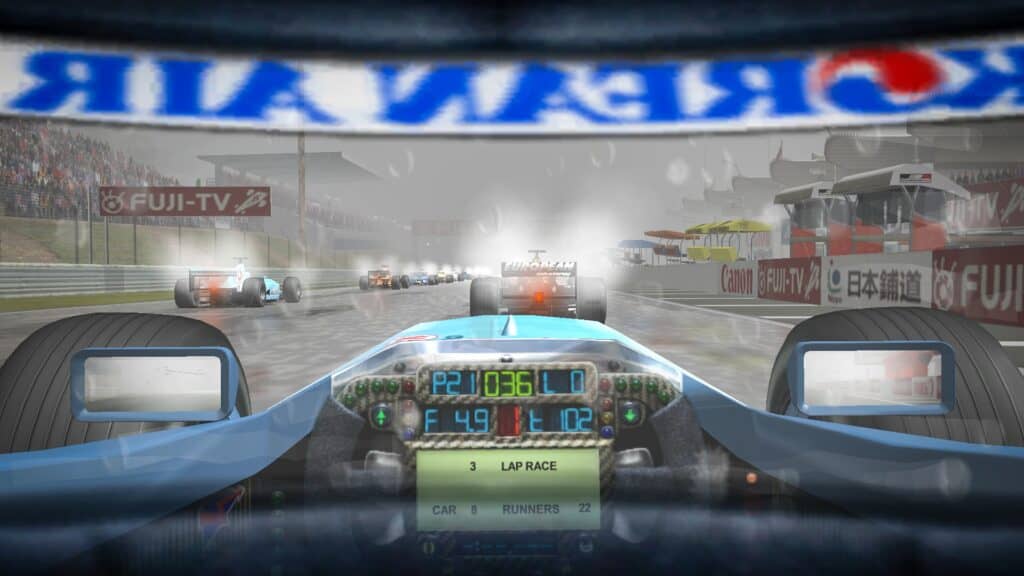
Now is the perfect time to reflect on Grand Prix 4’s legacy in sim racing.
The OG GC
The term ‘legend’ is bandied about far too often these days, but within the sim racing genre, Geoff Crammond is indeed a legend. His racing game legacy stretches back to 1984 and the release of REVS on the BBC Micro and Commodore 64.
Designed as a Formula 3 simulator, REVS set the template for Crammond’s future work on F1-based games, starting with Microprose Formula One Grand Prix for the Amiga, Atari ST and PC. Sequels followed; Grand Prix 2 in 1996, Grand Prix 3 in 2000 and its expansion pack – Grand Prix 3 2000 – in 2001.
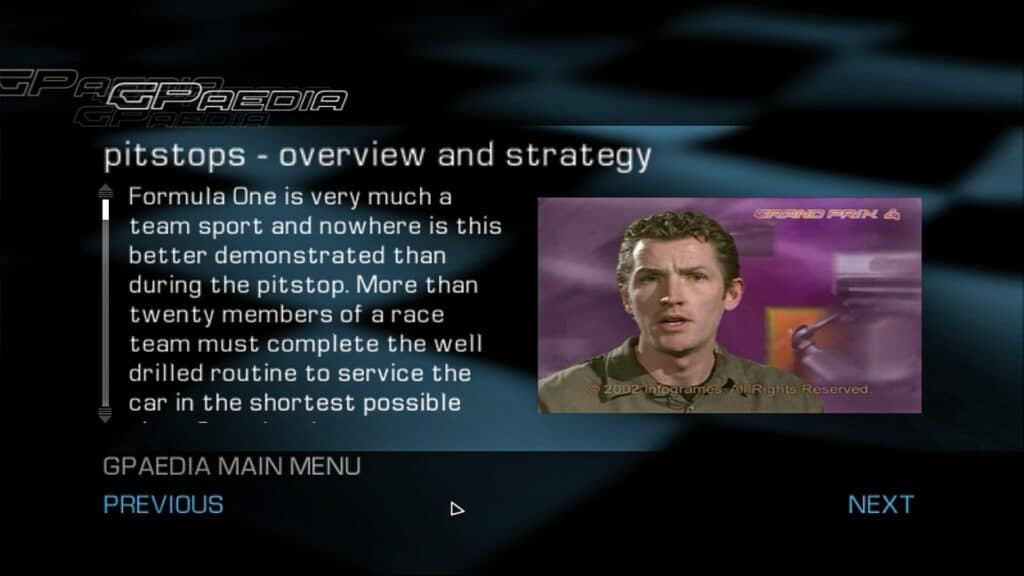
Around the same time as Crammond’s Grand Prix series, the F1 license also appeared in console games. There were F1, F1 ‘97, Formula 1 98, and Formula One 99 by Psygnosis/Bizarre Creations and even EA Sports from 1999 to 2002.
Interestingly, Infogrames obtained a license to produce their own console F1 game in 2003 – named Grand Prix Challenge – a year after the demise of MicroProse and Geoff Crammond’s Grand Prix lineage…
The emphasis of Crammond’s Grand Prix games was realism. These were hardcore simulations of F1, so as well as featuring real drivers, tracks and cars from F1 – or supplying editing tools to sneakily let players edit them in later – realistic vehicle physics, set-up options and replay cameras were all present and correct.
Car models were as accurate as could be, with each team’s design philosophies playing out in-game. The Arrows cars have very flat front wings with a little winglet under the rear wing for example, while the Ferraris and McLarens have much more advanced-looking front ends.
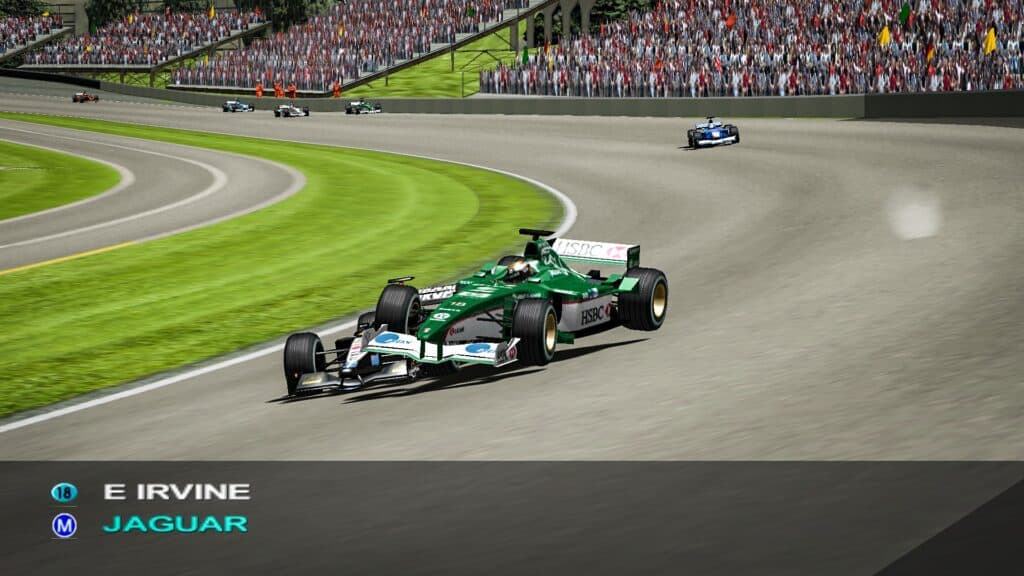
Because of this, I can’t use the late, great Murray Walker’s quote: “The lead car is unique, except for the one behind it which is identical.” Unfortunate.
The main menu also featured a ‘GPaedia’ option, where the rules, regulations and game mechanics were explained in great detail, with charts and videos too. Some of the entries carried more credence as they were narrated by Mark Hemsworth, then team manager of the Arrows F1 team.
The official FIA F1 intro animation and music were also employed in-game. The spiky guitar riff elicits memories of sitting in front of the TV on a Sunday afternoon, ready to watch another epic Schumacher vs Hill, Häkkinen vs Schumacher, or Inoue vs doctor’s car battle.
After Papyrus Design Group’s Indianapolis 500 in 1989, masterminded by Dave Kaemmer of GP Legends fame, Crammond’s Microprose Formula One Grand Prix in 1991 was the next game to move the 3D racing sim world on.
Both titles were the first examples of racing simulations as we know them today, with details like car set-up providing players with a fascinating insight into racecar dynamics. Microprose Formula One Grand Prix also featured realistic wet weather – a first for 3D racing games.
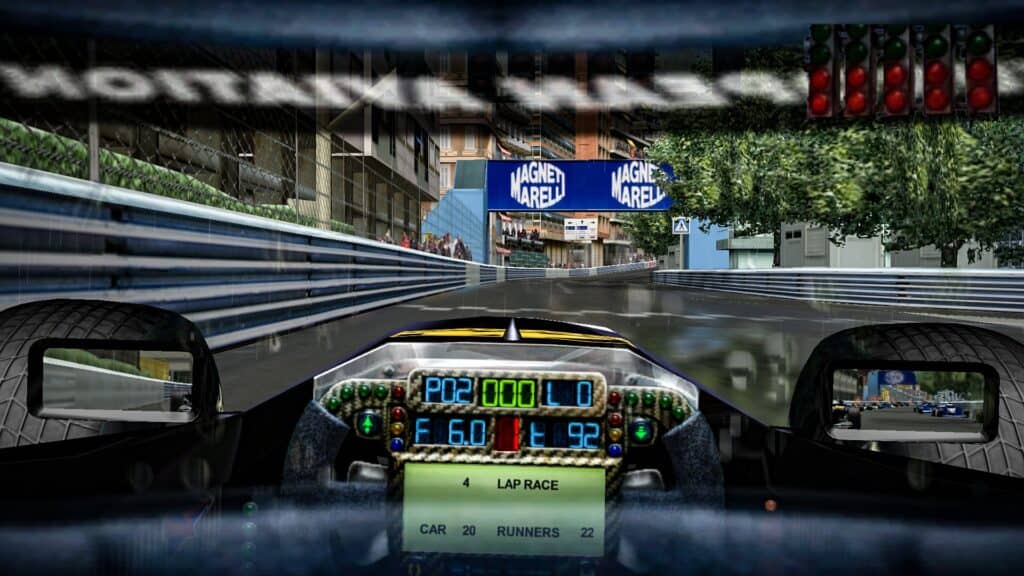
Crazy Dave C
Subsequent entries in the series introduced dynamic weather – including drying racing lines – fully animated pit crews and telemetry data output. This was 2002! Even today, the Codemasters/EA series of F1 games skimp on details like these, not even allowing players full control in the pitlane.
Heat haze was a neat feature added to GP4, as well as raindrops on the camera lens. Driving through the Monte-Carlo tunnel section during a rainstorm, with a clear distinction between the dry tarmac inside the tunnel and the sodden track outside, was the kind of attention to detail the Grand Prix series is renowned for (the shimmering heat haze effect has aged quite badly, however).
In GP4, players could run a fully simulated 2001 season, with realistic car and driver performances – David Coulthard’s McLaren is more likely to spontaneously combust than Michael Schumacher’s Ferrari, for example.
If your engine did go bang, a helpful marshal would appear from nowhere to push your car out of the firing line. Neat.
The cars still feel solid to drive but are also challenging, even from the era where traction control was legal (the FIA had basically given up trying to police teams’ cleverly circumventing the rules). Lock-ups are frequent, although there are a number of helpful driving assists to let you focus on the racing experience.
The exhaust notes were particularly impressive too, allegedly being recorded directly from a Ford-engined Arrows F1 car. Ah, V10s, how we miss you.
All 17 of 2001’s F1 tracks were recreated in precise detail, remarkable given the lack of laser scanning technology so prevalent in sim racing today.
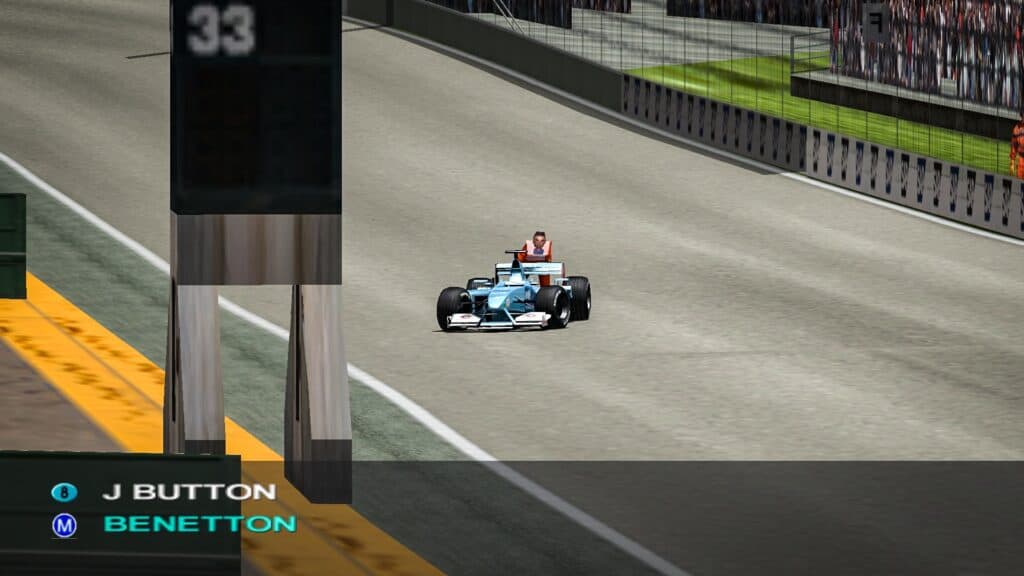
“I was given the GPS raw data for all the circuits. I wrote a program (in C) to interpret and convert that to a form that my GP4 sim required. So, all the gradients, track widths and kerb positions and profiles, run-off areas and fence positions are very accurate,” explained Crammond in an interview with sim racing website VirtualR.
The GPS data GP4 utilised may go some way to explain the low-res Google maps-like track map on the left of the screen during gameplay. The tracks looked great, however, and when combined with GP4’s convincing replay cameras and official F1 graphics overlay, still look more than passable today. You know, if you squint a bit.
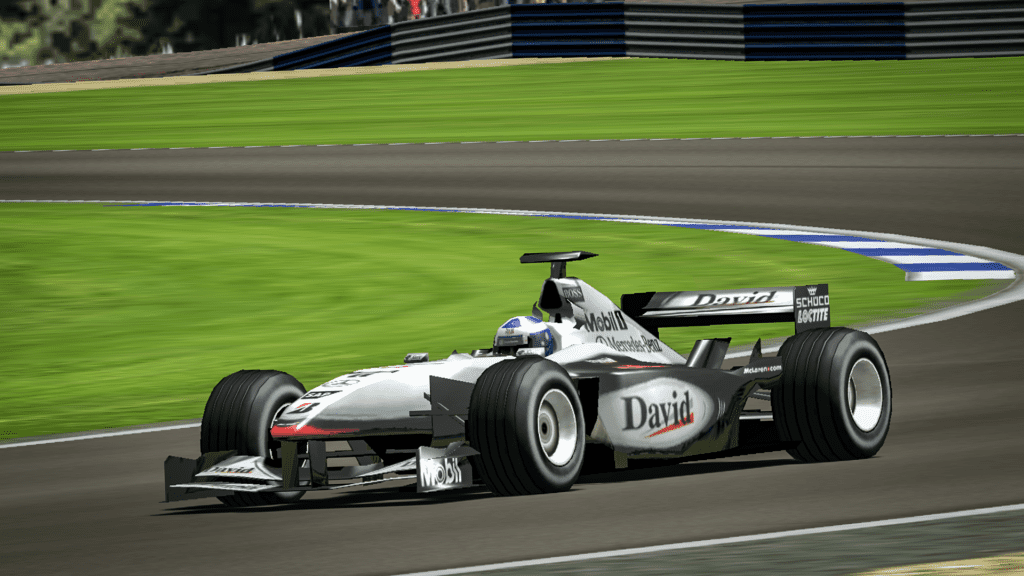
Bugged out
However, GP4 was far from perfect at launch. Multiplayer is only available in the form of up to eight-player LAN games. There is no split-screen or online functionality, which for 2002 wasn’t too surprising given the fledgling state of the internet.
Hot seat multiplayer – a GP series stalwart – was present, however, just not totally convenient.
At the time of release, GP4 was also extremely resource-intensive, requiring a superior CPU to get the smoothest experience. The infamous pitlane freeze bug was utterly game-breaking too, remaining unfixed to this day.
A series of patches were released just after launch day, right up until MicroProse’s unfortunate demise. More fixes were planned, but with no developers around they were never released.
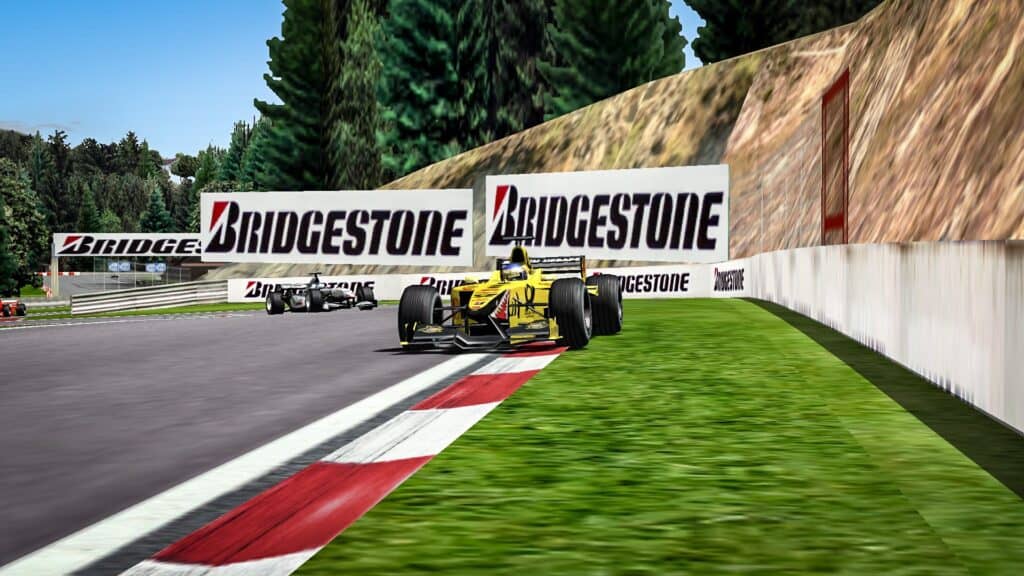
Crashing to the desktop, not just into barriers, was and is still a frequent issue for some players, and modern-day steering wheel and pedal support is poor. If your wheel and pedals are separate inputs, forget about trying to play this game as intended. Users of entry-level Logitech or Thrustmaster peripherals should fare better.
Everything in Mod-eration
The GP4 community has kept the sim alive thanks to a range of F1 season mods – there’s even an F1 2022 mod available. Bug fixes, new tracks and other utilities have been created to improve the GP4 experience, even being able to implement the various F1 rule changes over the years.
It’s a great shame that MicroProse was shut down by Infogrames so soon after GP4’s completion. The game was a critical success, not always easy for a sim-biased title, but commercially it perhaps lacked the same impact as EA’s F1 series.
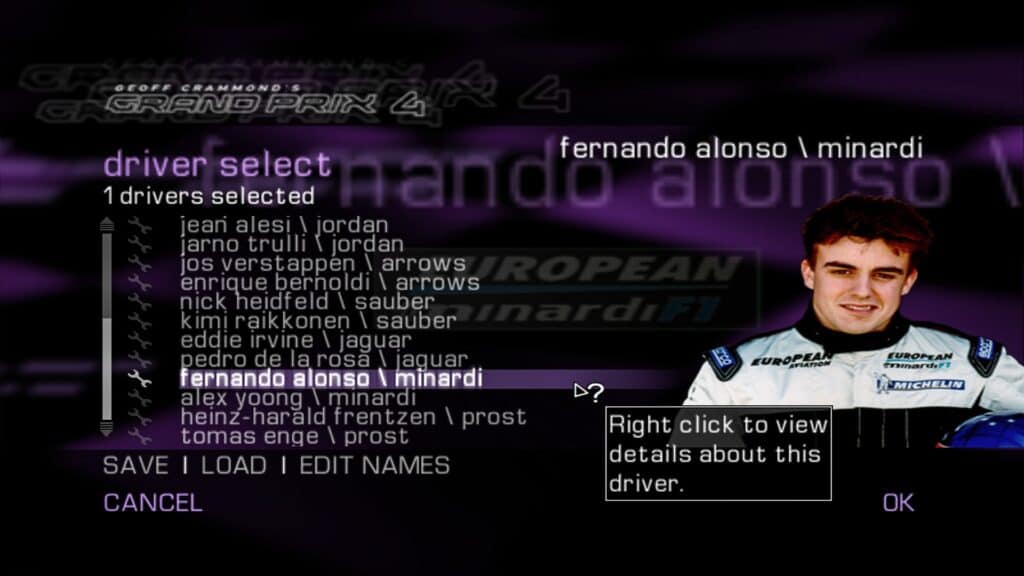
The writing may have been on the wall all along, however, thanks to Infogrames’ Grand Prix Challenge releasing soon afterwards. It may also explain why the mooted Xbox version was hastily cancelled despite an official announcement before GP4’s PC release.
Perhaps this would have been the commercial fillip the game needed to ensure the future of MicroProse and Grand Prix 5? Sadly, we’ll never know.
Feelings are strong for GP4 among the sim racing community, and you can see why. The results of comparing GP4 to console F1 games of the time now are stark. GP4 stands head and shoulders above them in terms of visuals and features, providing the kind of immersion Codemasters and EA SPORTS still strive for today.
Much like GP Legends, GP4 has extended its lifespan thanks to a productive community of fans and modders. It’s no coincidence that both these sims feature physics work by Dave Kaemmer and Geoff Crammond, two legends of sim racing.
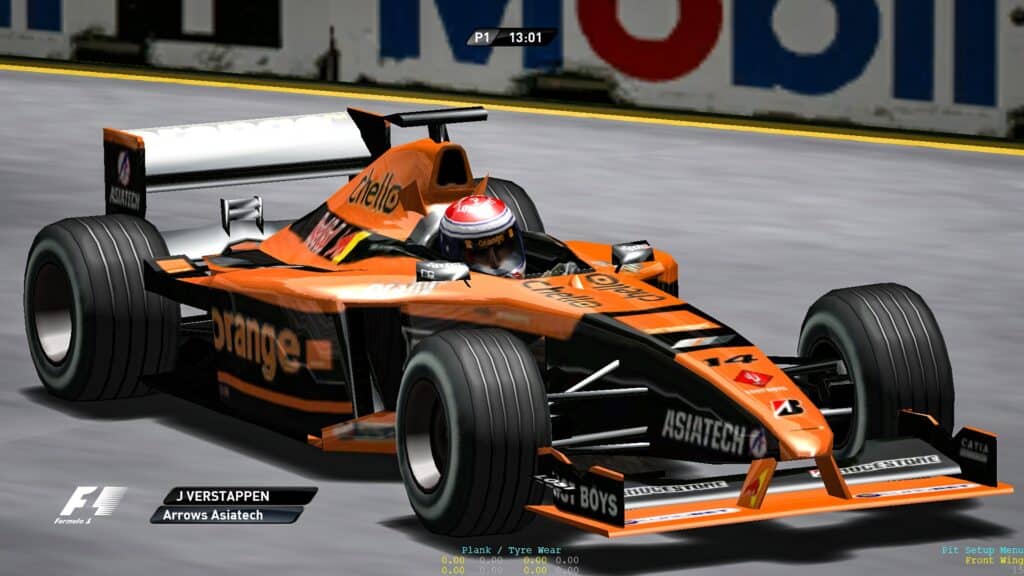
The question is, have we seen another F1 game with this level of realism and attention to detail since GP4? Although the likes of Codemasters’ F1 series are superb games, they leave out a lot of important sim features to help cater to a larger audience. On that basis, I think the answer is no. GP4 was the last true F1 sim.
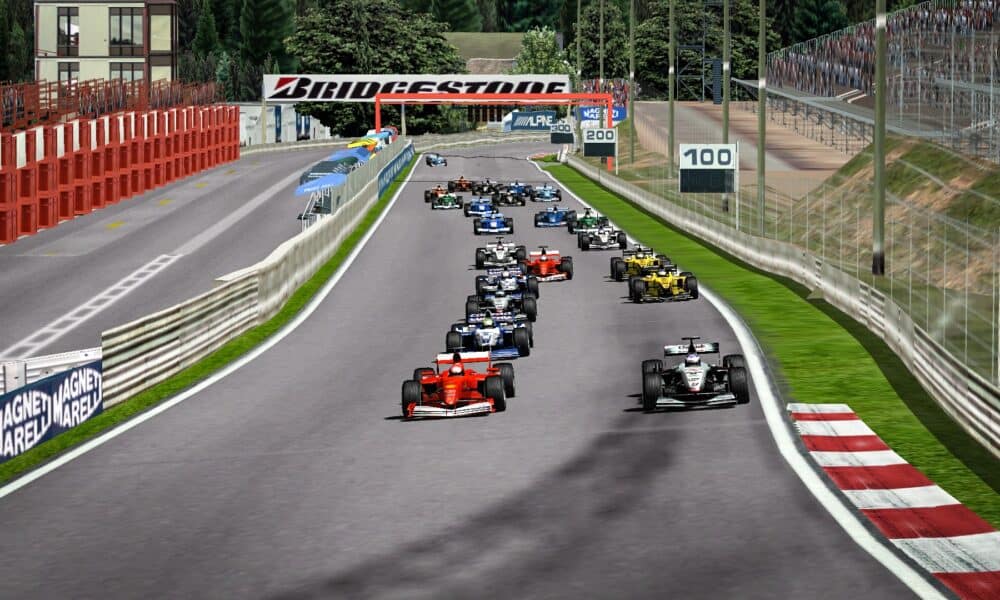


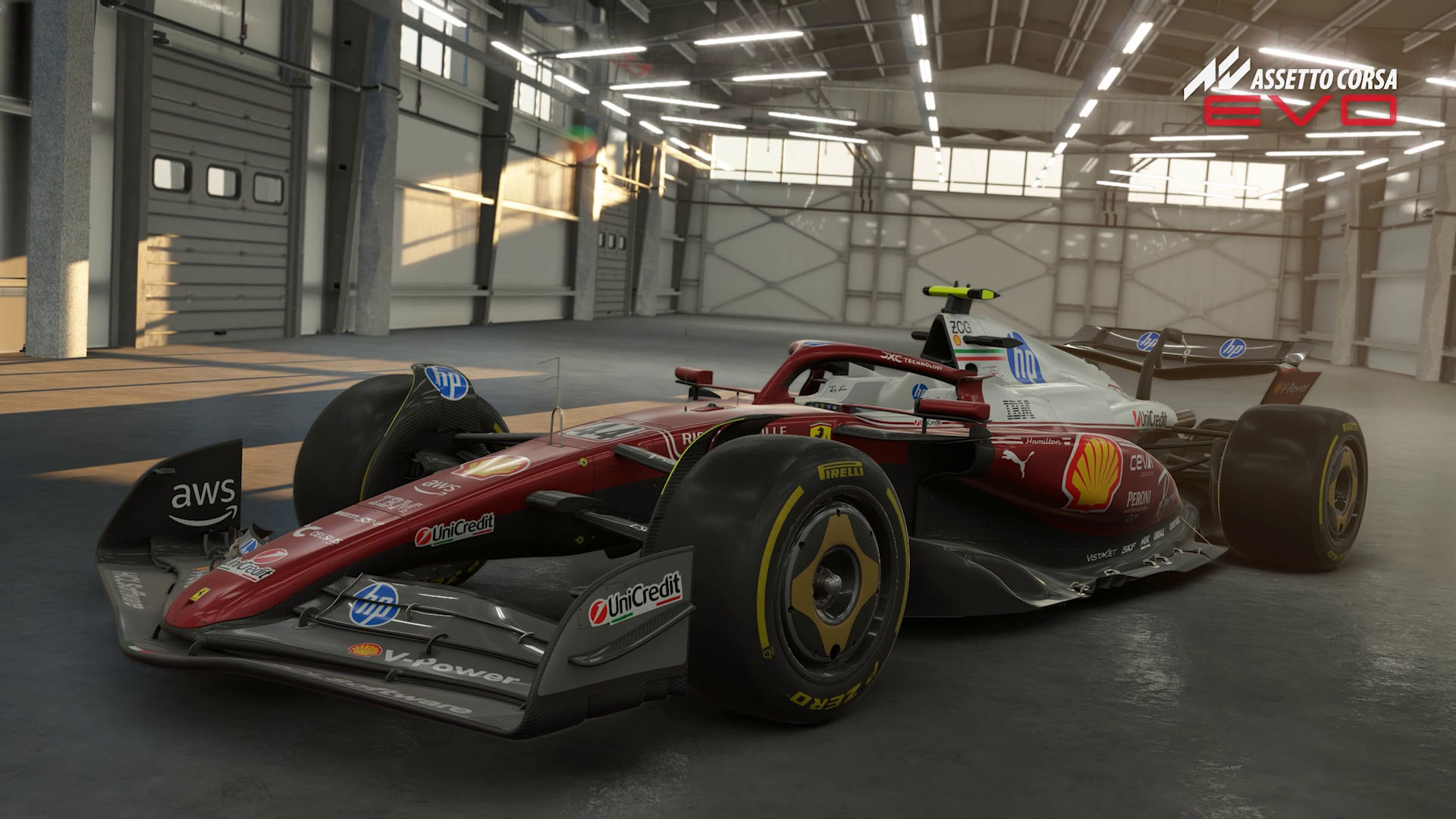

Chat with the Community
Sign Up To CommentIt's completely Free